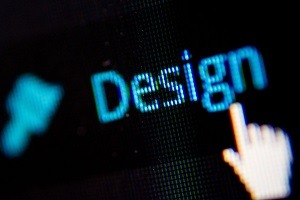Hello LX: Learning Experience Design
 I have been teaching since 1975. I have done instructional design (ID) since 2000. The job of an ID was not one I knew much about before I started managing a department tasked with doing it at a university. I hired people trained in ID, but I learned it myself along the way.
I have been teaching since 1975. I have done instructional design (ID) since 2000. The job of an ID was not one I knew much about before I started managing a department tasked with doing it at a university. I hired people trained in ID, but I learned it myself along the way.
As others have said, the job of an instructional designer seems mysterious. One suggestion has been to change the title to Learning Experience Designer. Does that better describe the job and also apply to people who work in corporate and training settings?
I have taught courses about UX (user experience) which involves a "person’s behaviors, attitudes, and emotions about using a particular product, system or service” (according to Wikipedia). Part of that study involves UI (user interface) which “includes the practical, experiential, affective, meaningful and valuable aspects” of the interaction as well as “a person’s perceptions of system aspects such as utility, ease of use and efficiency.”
With more online learning and also blended online and face-to-face learning, there is more attention being given to the learner experience (LX). How students interact with learning, seems to be more than what “user experience” (UX) entails.
UX was coined in the mid ‘1990s by Don Norman. He was then VP of advanced technology at Apple, and he used it to describe the relationship between a product and a human. It was Norman's idea that technology should evolve to put user needs first. That was actually the opposite of how things were done at Apple and most companies. But by 2005, UX was fairly mainstream.
"Learning experience design" was coined by Niels Floor in 2007, who taught at Avans University of Applied Sciences in the Netherlands.
I wrote earlier here about how some people in education still find the job of an instructional designer to be "mysterious." But call it UX or LX or ID, customizing learning, especially online, is a quite active job categories in industry and and education. Designers are using new tools and analytics to decode learning patterns.
In higher-education job postings and descriptions, I am seeing more examples of LX design as a discipline. That is why some people have said that Learning Experience Design is a better title than Instructional Design. It indicates a shift away from “instruction” and more to "learning."

 Last week, I wrote about a ruling against a university by the Department of Justice for not making its free content online fully accessible. I thought that today I should share some resources you can use to evaluate web materials for accessibility.
Last week, I wrote about a ruling against a university by the Department of Justice for not making its free content online fully accessible. I thought that today I should share some resources you can use to evaluate web materials for accessibility.